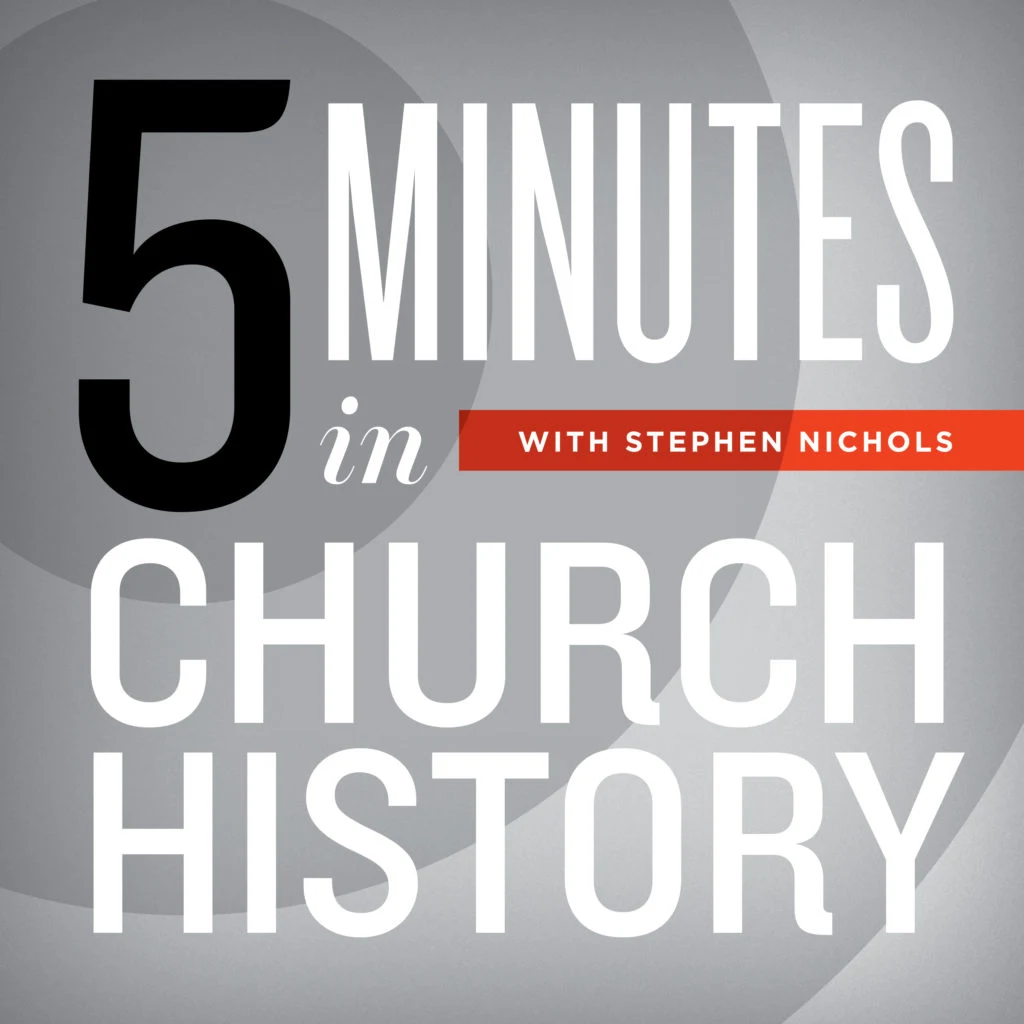Burned-Over District

Unlike the Great Awakening of the 18th century, the revivalist preaching of the so-called “Second Great Awakening” left many people disillusioned with Christianity. On this episode of 5 Minutes in Church History, Dr. Stephen Nichols takes us to a region in New York that still bears scars from the 19th century.
Two hundred years ago, in the early 1800s in Western New York, we find what historians have dubbed the “Burned-Over District.” (Some think that Charles Finney coined this expression.) Revivalists would come through this section of Western New York and the surrounding area year after year after year.
This was the time of the Erie Canal, which brought all kinds of prosperity. It brought lots of people to this region. Along with that prosperity and with towns popping up, all sorts of vices came along too. So revivalist preachers set up their tents and, with impassioned pleas, called for revival and repentance. But unintended consequences followed from these years and from decades of revival preaching.
Much of the preaching in this period, which we refer to as the Second Great Awakening, contrasted with the preaching that was part of the First Great Awakening. The First Great Awakening was very Calvinistic. It stressed God’s work in the salvation of men and women. But this Second Great Awakening trended Arminian; it stressed cooperating with God. It stressed the work that men and women do in bringing about their own salvation.
Let’s look at the results of this Burned-Over District. Cropping up all around this area were all sorts of sects and movements and what we would come to call heresies. Top of the list is Joseph Smith. It was around 1820 that he was visited by the angel Moroni and began translating the golden plates that contained the book of Mormon. In 1830, the Church of Jesus Christ of Latter Day Saints was officially organized. This was right in the midst of the Burned-Over District. Smith gathered around himself quite a group of disillusioned and burned-over people. Eventually they left that area. They kept heading west and went all the way to Utah.
This was also the time of William Miller, who came from this area. After serving in the war of 1812, he threw himself into religion and Bible study. He was consumed with prophecy and began making calculations based on his interpretations of the numbers in the books of Daniel and Revelation. In 1822, he predicted that Christ would come back on March 21, 1844. He gathered followers, these disillusioned and burned-over folks. And when March 21, 1844, came and went, he recalculated the date, declared that he had made a mistake, and set October 22, 1844, as the new date. And when it came and went, it was quickly dubbed the “Great Disappointment.”
There was also Ellen White. She was moving a bit past the 1820s, but she came from this region. She claimed to have a few thousand visions and was the cofounder of the Seventh Day Adventist movement. Also from this area were the Fox sisters, who claimed to be mediums. Historians credit the beginning of spiritualism in America to the Fox sisters in this very area of the Burned-Over District. In 1888, Margaretta Fox revealed that it was all a hoax, and she even revealed their techniques.
It was also a time and place for establishing socialist experiments in utopian communities. The prime example is the Oneida Community, founded by John Humphrey Noyes in Oneida, New York, in the 1840s. He, too, gathered around himself the disillusioned and the burned-over from this Burned-Over District.
Recent Episodes
A Little Church History of a Middle Colony: Early Influences
December 10, 2025|American Church History
Gunpowder and a Proclamation
December 3, 2025|Geographical Perspectives
Thanksgiving in Church History
November 26, 2025|American Church History
3 Sermons on the Hallelujah Chorus
November 19, 2025|General Church History
Charles Jennens’ Libretto
November 12, 2025|General Church History
Cyprian of Carthage: Crisis in the 3rd Century
November 5, 2025|General Church History
